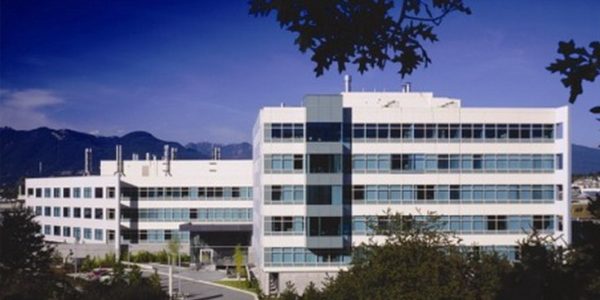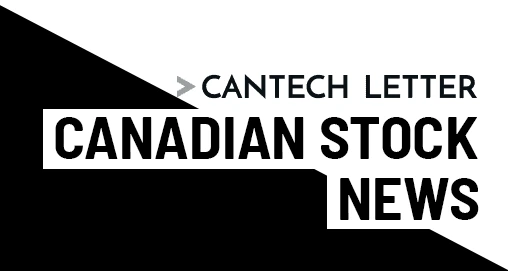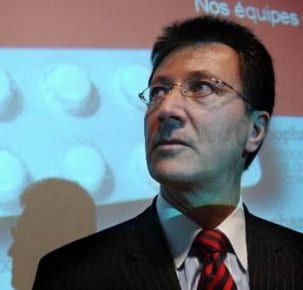
When it comes to spending money, nobody does it quite like the biotech sector. The Texas Hold-Em style gamble of waiting to see if your particular pick will come out the other side of a three year clinical trial will test the mettle of most seasoned tech investors. From a Canadian capital markets perspective, the space actually has more in common with oil and mineral exploration.
This may be why the Canadian biotech sector is now lobbying hard for tax reforms that would grant them flow through tax credits. But whatever the regulatory environment, cash is king. Biotech stocks with large treasure chests can live to fight another day. We count down the five best capitalized TSX stocks from the life sciences sector, when compared to the company’s total market capitalization. Companies with a market cap of less than $10 million were excluded.
1. Labopharm (TSX:DDS): 219%
Market Cap on August 15th: $12.53 million
Cash and Short Term Investments: $27.4 million
More than double its market cap in cash? OK, what’s the catch? The catch is that Labopharm has been hemorrhaging money. And Shareholders of the Laval, Quebec’s company have had a tough few years. Shares of the pharmaceutical company, which specializes in control-release technologies, soared to over (US) $9 in 2006 as the company entered the once daily tramadol market. Tramadol is opioid analgesic, and is used in treating moderate to severe pain. The drug was developed by German Grünenthal GmbH in the late 1970’s and began to gain traction in the 1990’s. By 2008, sales of tramadol related products reached US $650 million.
In 2008 Labopharm received approval for its once daily tramadol drug, Ryzolt. But by this time the growing space was gathering a crowd; even in Canada Valeant (formerly Biovail) had a tramadol product, Ralivia, for sale in the United States. Sales of Ryzolt have been disappointing, but the balance sheet’s chronic pain has been eased somewhat by Labopharm’s third drug, an antidepressant treatment called Oleptro. Sales for the third quarter of 2010, which ended September 30th, were $9.6-million compared with $6.6-million for the third quarter of 2009, and the increase was mainly due to Oleptro’s US launch.
The company is now fully in mulling its option mode looking to preserve a cash stock pile its seems to have had no problem aggressively whittling away at. “In March, Labopharm said it was cutting 38 positions or nearly 30 per cent of its workers with the goal of saving $3.8-million yearly. The company’s most recent quarter was a step in the right direction; Labopharm lost just $1.69 million on sales of $9.8-million, a number that compared very favorably to Q2 2010’s $5.4 million topline.
2. Thallion Pharmaceuticals (TSX:TLN): 188%
Market Cap on August 15th: $4.19 million
Cash and Short Term Investments: $7.9 million
Montreal’s Thallion, which was formed in March 2007 after a merger between Ecopia Biosciences Inc. and Caprion Pharmaceuticals hasn’t had a lick of luck since. Shares of the company which, pre-merger, were as high as $20 have gotten more use to the $.20 cent mark of late. The Company, which is trying to develop treatments in the areas of infectious disease and oncology had the trial for its a treatment of an Shiga toxin-producing E. coli suspended recently. With just under $8 million in the bank, Thallion will be hard pressed if 2011 is a repeat of 2010, a fiscal year in which they lost $4.88 million.
3. QLT (TSX:QLT): 67%
Market Cap on August 15th: $301 million
Cash & Short Term Investments: $201 million
Vancouver’s QLT has seen its share of highs and lows. Founded in 1981 as Quadra Logic Technologies, the company went public in 1986 at $2.50 per share. In 2000, the year QLT received FDA approval for Visudyne, a macular degeneration treatment, shares of QLT soared to over $100 a share. But things came crashing back to earth after Visudyne brought in less revenue than anticipated.
Shares of QLT fell to just over the $2 mark in 2009 but have rebounded to more than triple that since. Today Visudyne, which is marketed by Swiss giant Novartis, has been used in more than two million treatments worldwide and is commercially available in more than 80 countries. Visydyne has been a disappoint to many shareholders but recent sale are picking up, if only slightly. Sales of the treatment for the second quarter were $25.4-million, an increase of 4.3 per cent from the second quarter of 2010.
4. Spectral Diagnostics (TSX:SDI): 60%
Market Cap on August 15th: $20.1 million
Cash & Short Term Investments: $12.06
Etobicoke’s Spectral is waging the war against Sepsis, otherwise known as blood poisoning. The Company feels the effects of the disease, which affects three-quarters of a million people each year in the United States alone, can be seriously improved with better, faster diagnostic testing. Spectral is currently engaged in a two-and-a half year trial for Toraymyxin, a therapeutic hemoperfusion device that removes endotoxins from the bloodstream. Though the company recently received an investment of $10 million from Medwell Capital, it’s still losing money, including $1.7 million in their recently announced Q2.
5. Nuvo Research (TSX:NRI) 48.2%
Market Cap on August 15th: $44 Million
Cash & Short Term Investments: $21.2 Million
Milestone payments can be tricky business for publicly listed biotechs. On one hand, the cash creates a margin of safety for investors. On the other hand, the huge spike in revenue can create unreasonable expectations for a company’s balance sheet, especially one with a product that is trying to gain traction in the market. In 2009, Nuvo was buzzing on a $27.3 million payment from Covidien that was triggered by FDA approval of Pennsaid, an osteoarthritis pain-killing cream that is absorbed through the skin. The cash was received in the fourth quarter of 2009, and it made Nuvo’s year. The company ballooned from $10.52 million in annual revenue to $38.35 million. The one time payment in 2009 made 2010’s revenue of $16.43 million look like a disappointment, but prescription of the company’s core drug, Pennsaid, increased as prescriptions dispensed increased by twenty per cent in Q4 2010 compared with the third quarter of 2010. In the recently reported Q2 Nuvo lost $558,000, but Pennsaid prescriptions in the US were up 17 per cent quarter over quarter, to a record 40,000.
______________________________________________________________________________
______________________________________________________________________________
Leave a Reply
You must be logged in to post a comment.





 Share
Share Tweet
Tweet Share
Share




Comment